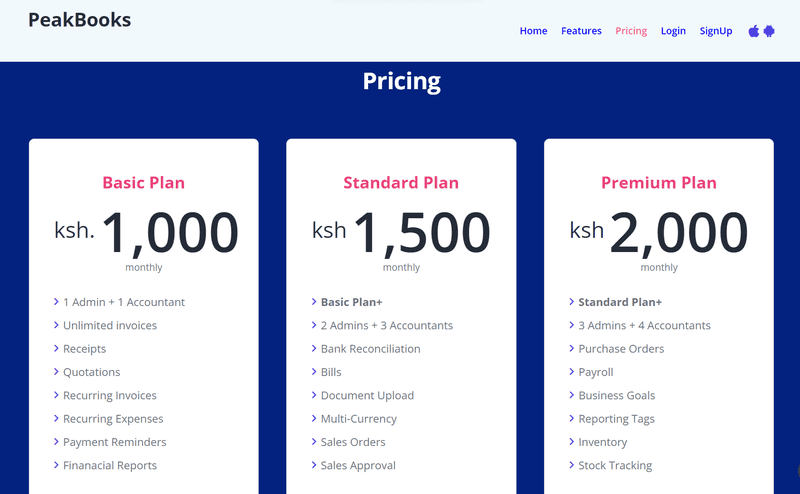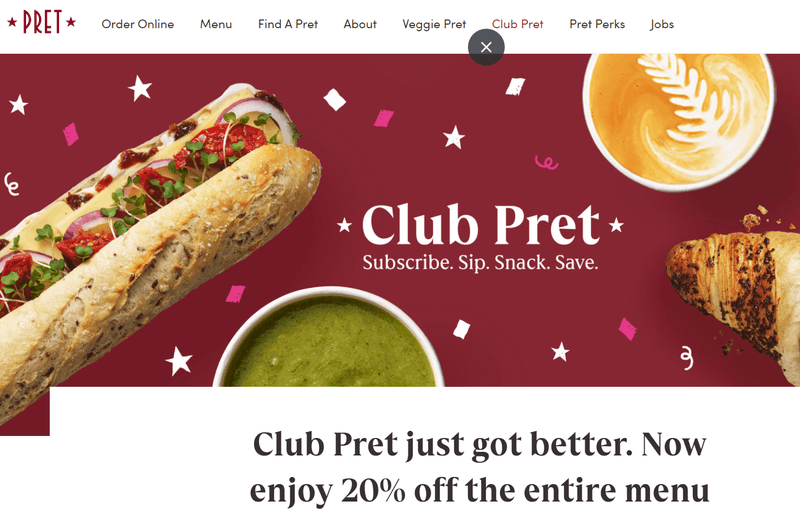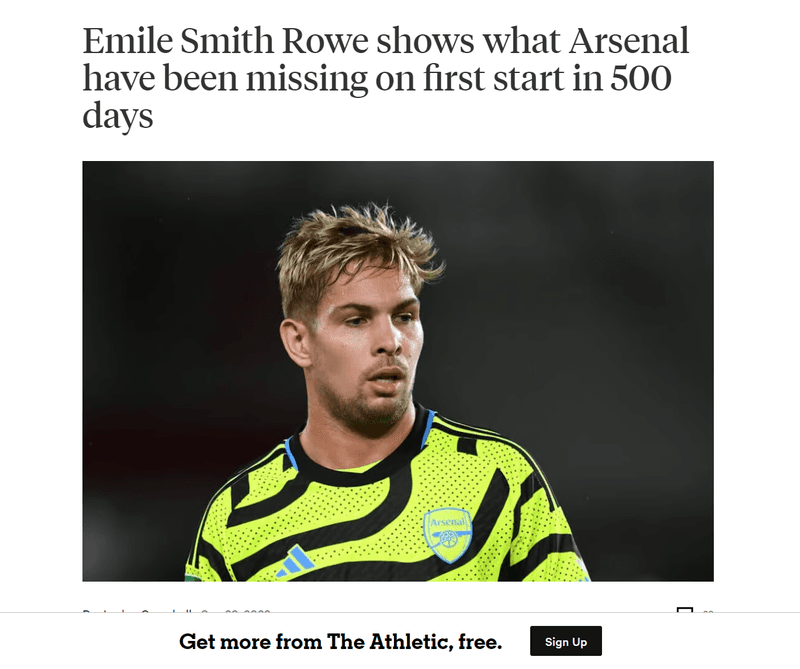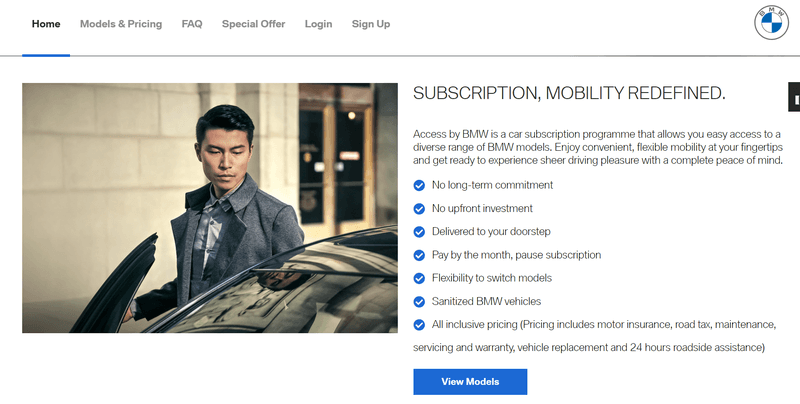Subscription Business Model: What It Is, How It Works & Examples in Kenya
Sep 29, 2023
The subscription business model ensures recurring revenue and helps to predict sales. Learn what it is, its types, benefits and how to implement it in your business in Kenya.
Businesses sell their products and services in one of two ways. Those that trade the old-school, linear way have sales reps that ring up customers at the end of every month, asking them what their needs are for the month ahead.
Others follow a subscription business model where they package their product or service in tiers and ask for customers to choose a plan that meets their running needs so they can charge and supply them on a recurring basis.
The subscription business model is popular for one benefit in particular:
Repeat sales that ensure monthly recurring revenue. MRR is a reliable guide for future income and is helpful for strategic decision-making.
This article is a deep dive into the subscription business model. We will define it, explain how it works, and give examples of businesses using it successfully. We will also suggest subscription business ideas that could succeed in Kenya.
Let’s go.
What is a subscription business model?
A subscription business model is when you sell a product or provide access to a service for a fee charged at regular intervals, typically monthly or yearly.
The customer is automatically charged at every interval to start a new subscription cycle. This helps them automate the purchase of products and services they use and purchase regularly.
Also known as a recurring revenue model, this model gets its name from how a business bills its customers. Customers subscribe to receive or enjoy access to something and pay for it periodically.

Instead of asking customers to repurchase a product or service, you ask them to subscribe to a weekly, monthly, or yearly supply (or access) and billing cycle. In effect, the relationship between your business and your customer is a subscription, which technically is a contract between seller and buyer for a recurring payment for a good or service.
The business subscription software you use automatically charges the debit card the customer supplied when they first signed up to start a new subscription.
Customers are free to cancel the subscription at any time. So, the key to revenue growth is attracting new customers faster than you lose existing ones.
Types of subscription business models.

Subscription business models come in three forms. These are:
1. Curation subscription model
Popularly known as box subscriptions, the curation model is where you choose the products you send your customers weekly or monthly. This model takes advantage of the element of surprise, as customers don’t know what they will receive with each box.
Another perk for customers is that the model helps them discover products they may not have known or tried. Many are too busy to shop or research these products on their own.
You can use the curation subscription model for just about any consumer product vertical. For example, wines, specialty meats, toiletries, beauty products, and clothing.
Examples of curated subscription boxes are:
2. Access subscription model

The access subscription model fits businesses that sell a time-saving service, lifestyle, content library, or community requiring members-only access. The people who sign up essentially become members who have access to content or service that would otherwise be gated.
Popular businesses that use the access or membership subscription model include Netflix, Spotify, and media companies that hide their content behind a paywall, like the New York Times, The Wall Street Journal, The Athletic, and Bloomberg.
Customers can also subscribe to unlock a premium service. For example, Amazon Prime offers Amazon shoppers such perks as free same-day delivery, access to Amazon Prime Video (on-demand video streaming), and exclusive deals and discounts.
3. Replenishment subscription model
To replenish is to restock or supply something that is used frequently. This would be something like groceries and cleaning detergents at the household level. It’s something a customer would need recurring deliveries of.
It’s common for businesses that use the replenishment subscription model to offer discounts to entice customers to sign up, which is why it’s also called the subscribe-and-save model. Dollar Shave Club is one of the most popular examples of the replenishment subscription model.
Why is the subscription business model so popular?
A subscription business model has advantages for both the business and customers.
1. Predictable revenue
The recurring revenue model can provide businesses with a more predictable and stable revenue stream than traditional one-time sales. It can also help businesses to build relationships with their customers and to generate repeat sales.
If you have to re-engage customers every month, some may reassess their needs and decide not to repurchase the product or service.
2. Customer convenience
For consumers, the subscription business model offers convenience. It allows them access to the products or services they need without making a purchase each time.
This saves them the time they would otherwise waste researching new products. Once they decide a product meets their needs and is fairly priced, they can sign up for regular supply or access, empowering the business to charge them without prior notification.
3. Affordable options
Subscriptions can also be a more affordable option for customers. For example, businesses often offer large discounts to entice customers to sign up for longer subscription cycles. This is a common sales tactic in the website hosting industry.
4. Lower customer acquisition costs.
The subscription business model allows businesses to build stronger relationships with customers. As long as the product meets their needs, customers are not likely to research alternatives, which removes the pressure to acquire new customers.
If the product performs for the customer, they will likely recommend it to their network, friends, and colleagues. This lowers your marketing costs and allows you to concentrate on improving the product so it continues to meet users’ needs.
5. Opportunities to expand revenue.
Locking in customers over a longer time allows you the resources and marketing bandwidth to improve the product offering with new features. You can then use those new features to upsell customers on a higher plan, which helps you expand your revenue potential.
How does a subscription business work?

The subscription business model serves as a contract between a business and its customer. Customers are presented with different plans, essentially different levels of access or different quantities of the product they can enjoy or receive for a set time.
The customer agrees to a recurring charge, which can be at the beginning of each week, month, or year. In return, the business supplies the product or service as long as the customer makes good on the payments.
Customers may be asked to supply their payment information only once for the ultimate customer convenience. The business saves that payment information so all subsequent payments can be completed without needing authorisation from the customer.
With the subscription business model, you not only enjoy the benefit of recurring revenue that guarantees a steady income stream, but you also win over customers just once instead of making a sales call every end of month. The model allows you to lock customers in over a longer period.
Even though it seems innovative when used by SaaS and media streaming companies, the subscription business model is not new. It has been used for decades to sell newspapers.
Does your business fit the subscription model?

Certain industries, like SaaS and content streaming, fit the subscription business model well. Among these will be any business that provides ongoing access to software, services, or content. The most familiar examples are:
Netflix (video streaming),
Spotify (audio streaming),
Dropbox (cloud storage),
Kindle Unlimited (digital books)
Bluehost (web hosting)
But increasingly, we are seeing businesses that traditionally followed a linear sales strategy of chasing and closing sales and then doing it all over again the following month adopt and succeed with the subscription model.
From fresh coffee chains to carmakers, we are seeing businesses you would never have imagined following the recurring revenue model and making a success of it.
In Kenya, there are a few businesses following the subscription business model, including the usual B2B tech startups like Peak Accounting. The big, unexplored opportunity, however, is in the consumer market.
Below are subscription business ideas that entrepreneurs can consider investing in:
Fresh produce for households,
Prepared meal packs for office workers,
Wines and whiskies,
Spice packs,
Online classes for high school students,
Baked breads and treats.
Consumers spend hours on walks and drives to shopping malls and markets every month to buy fresh produce, meat, and groceries. Subscription services for these could save them time and fuel money, not to mention the exclusive discounts and personalised shopping recommendations they can also enjoy.
What you need to start a subscription business.
The subscription business model is the best way to turn one-time customers into lifelong customers and brand advocates. It allows you to predict revenue and forecast growth.
What’s great about the subscription business model is you can use it for a startup or implement it in an existing business.
A butchery, for example, can introduce a meat box subscription as a secondary sales channel. So can a sandwich shop and fast-food restaurant.
But what exactly do you need to implement the subscription model in your business?
Like any other business, you have to do your due diligence and:
establish product-market fit for your subscription idea,
find suppliers if you are not making the products yourself,
decide how you will price your products.
But to succeed with the subscription business model, you must go one step further and choose the right subscription software or platform for your needs.
There are some subscription-first e-commerce platforms that you can use, but most have geographical restrictions on who can use them. In that case, your best option would be to choose a payment gateway, like Intasend, that has subscription capabilities.
Choosing the right subscription software is key to your success.
Your choice of subscription software determines how smooth the experience will be for your customers to choose and customise their subscriptions, and simplify checkout, and for you to automate recurring payments.
The Intasend subscription software is designed with the help of e-commerce experts to help you easily implement the subscription sales model in your business and simplify checkout for your customers. We built to for easy integration with your existing e-commerce platform.
The subscription business model is a powerful tool that can be used to generate recurring revenue, build relationships with customers, and offer a more convenient and affordable experience for consumers.
Sign up here to integrate the Intasend subscription software and expand your sales potential.

